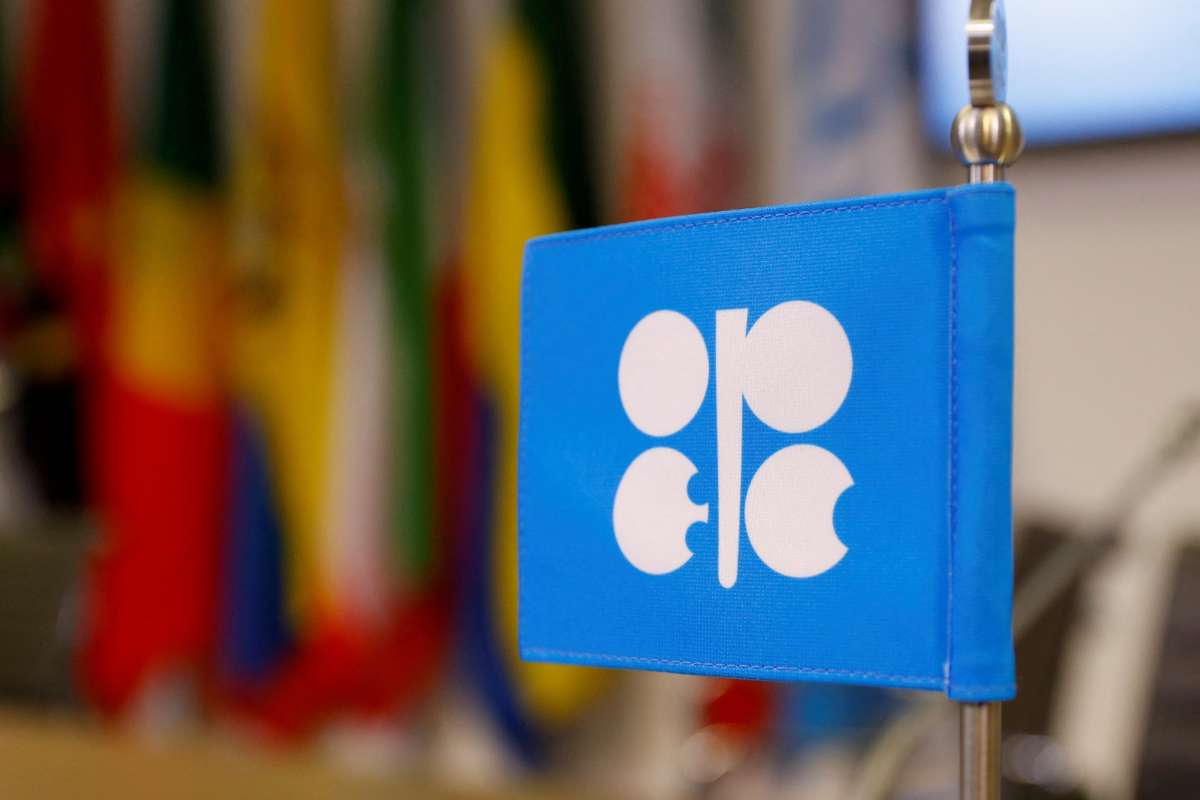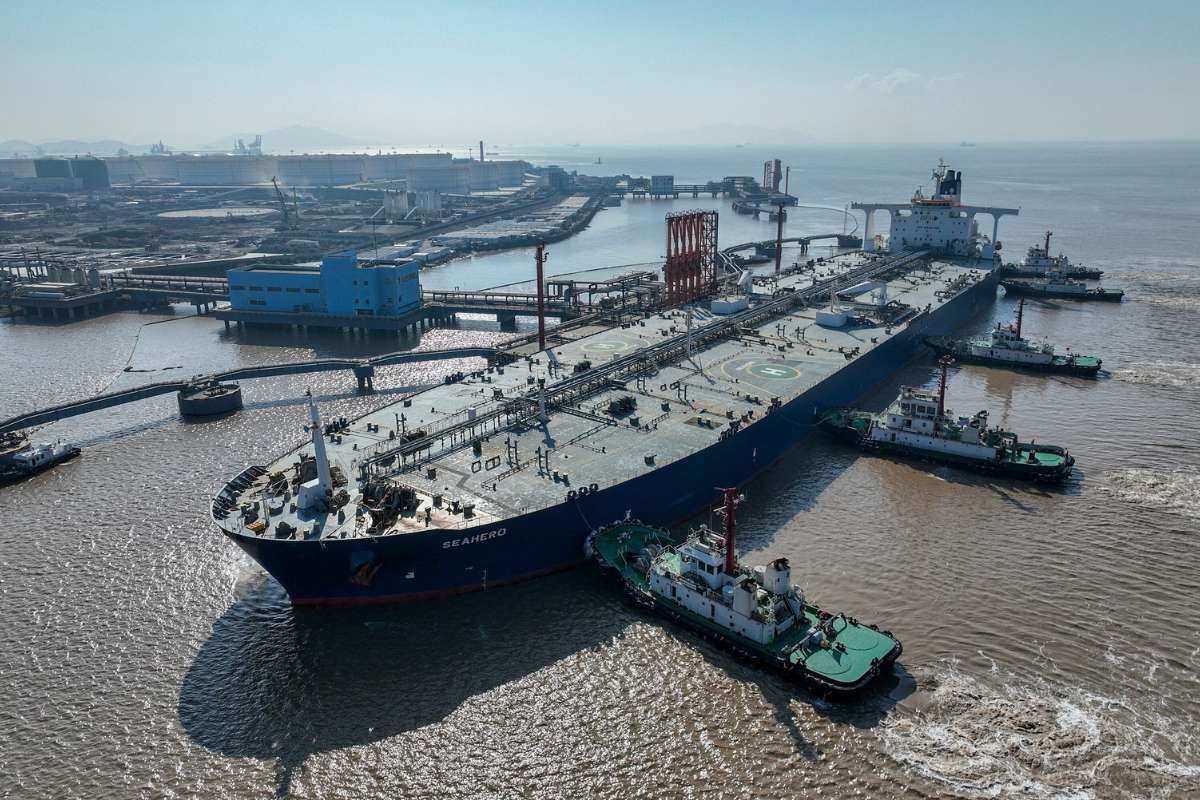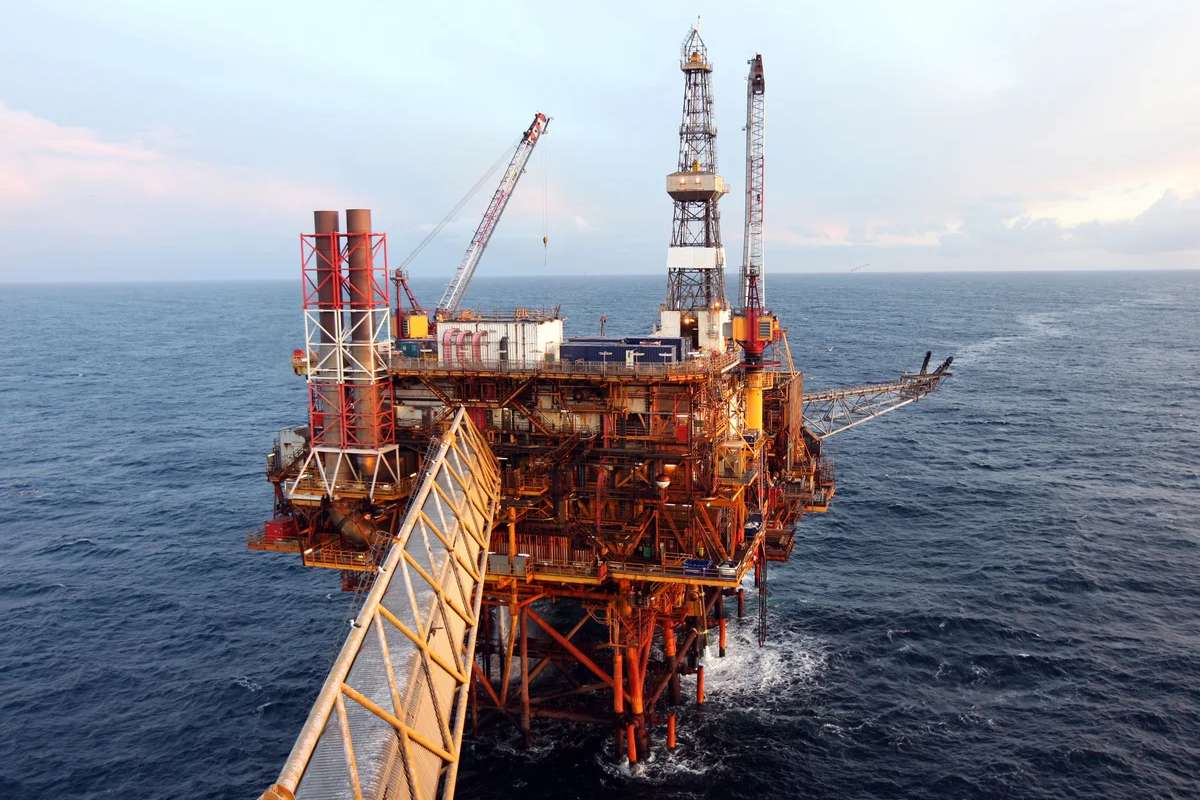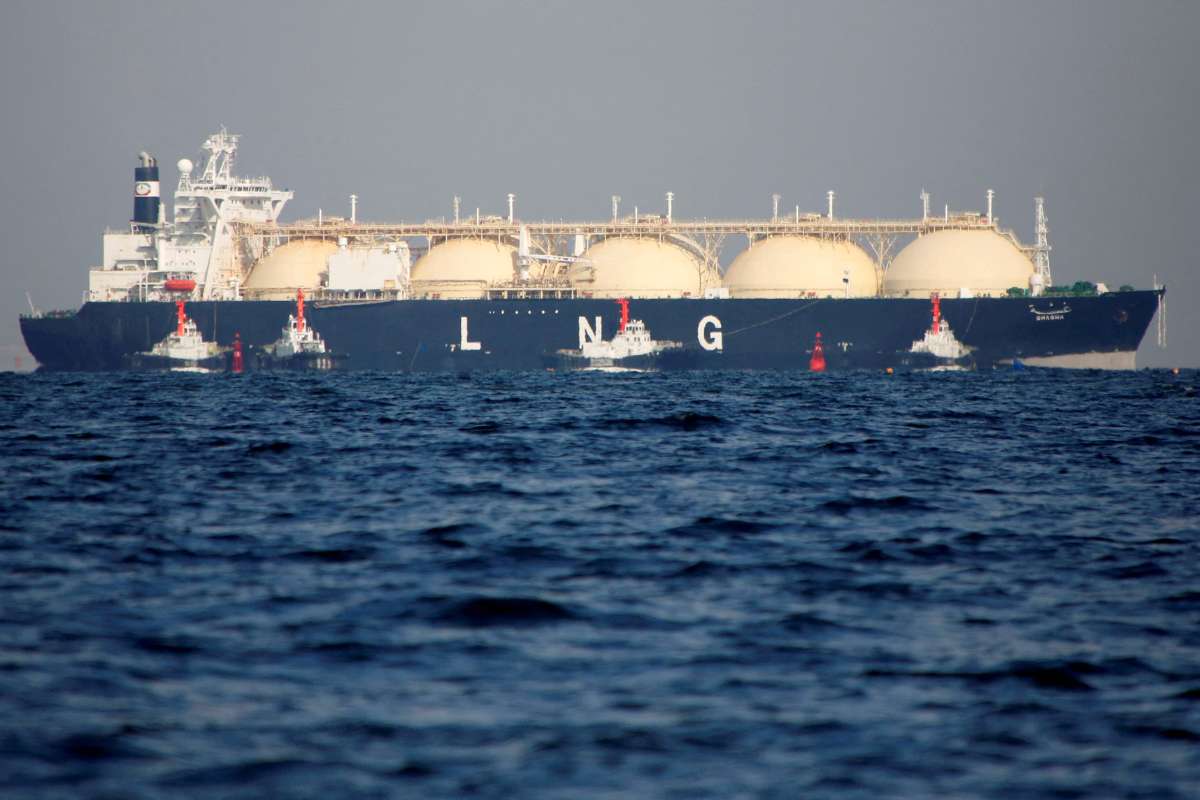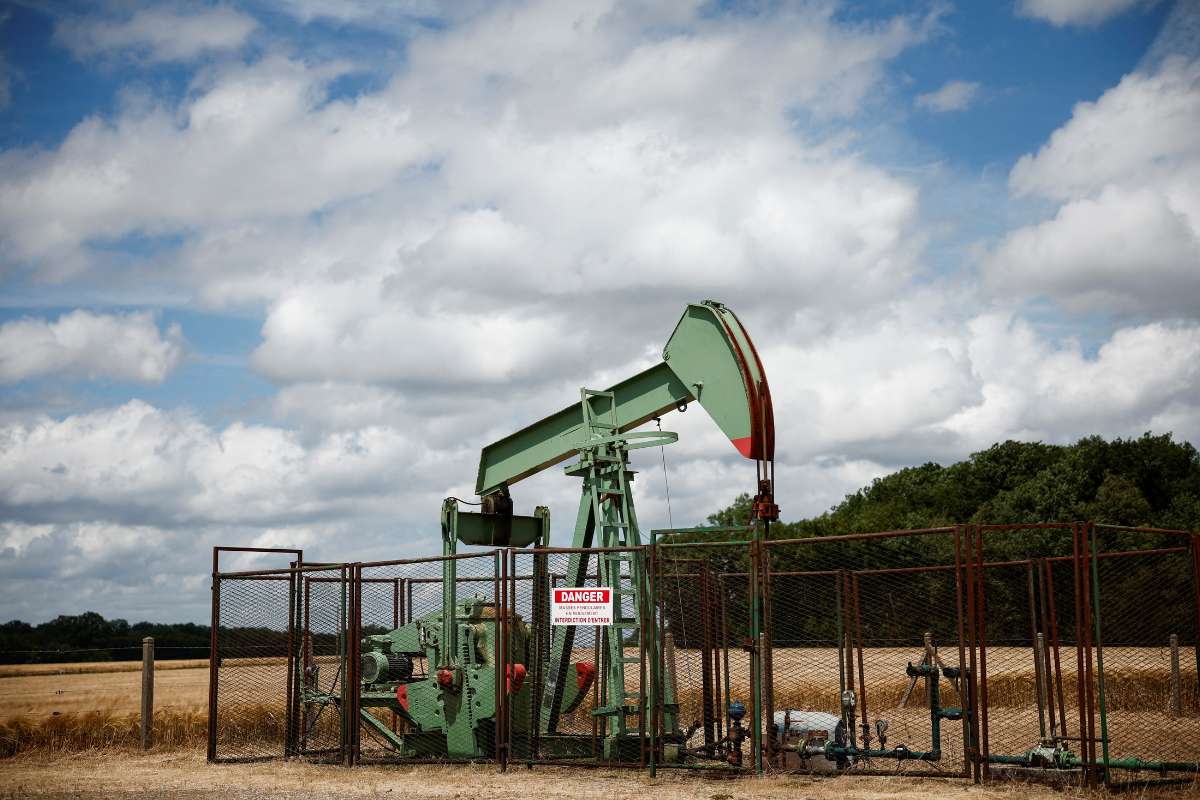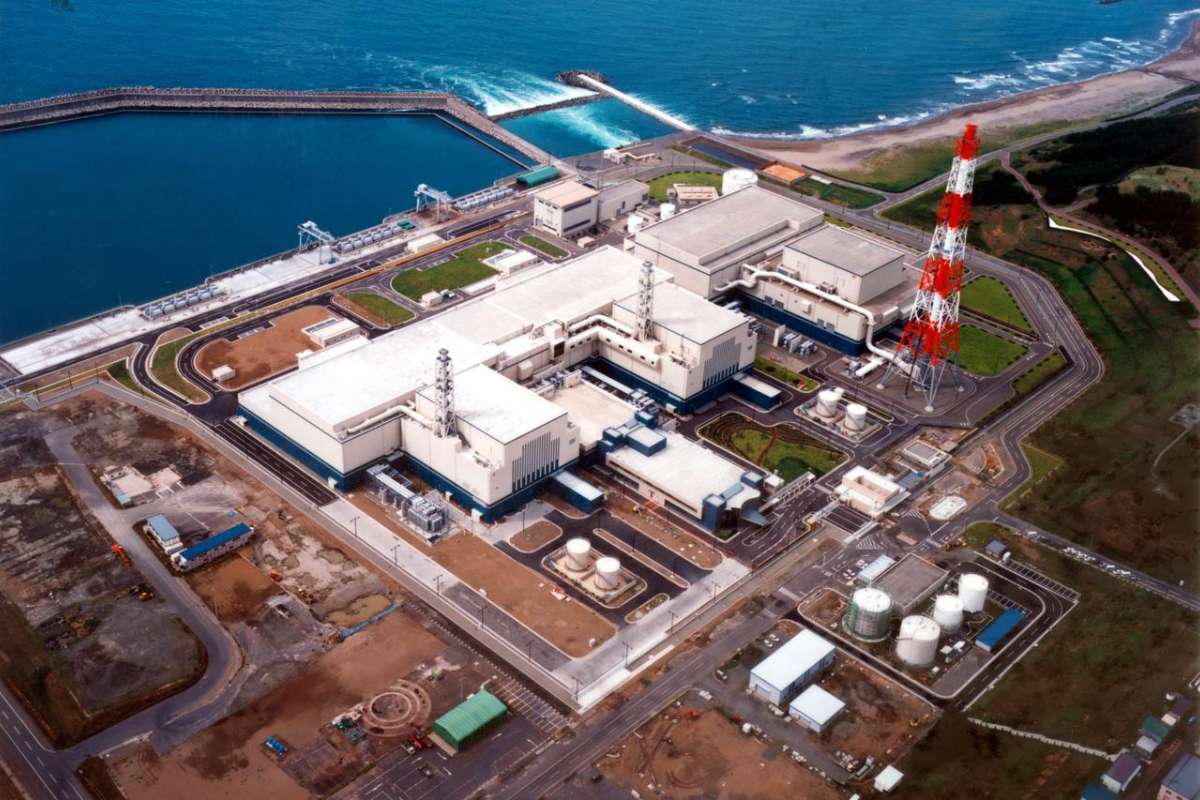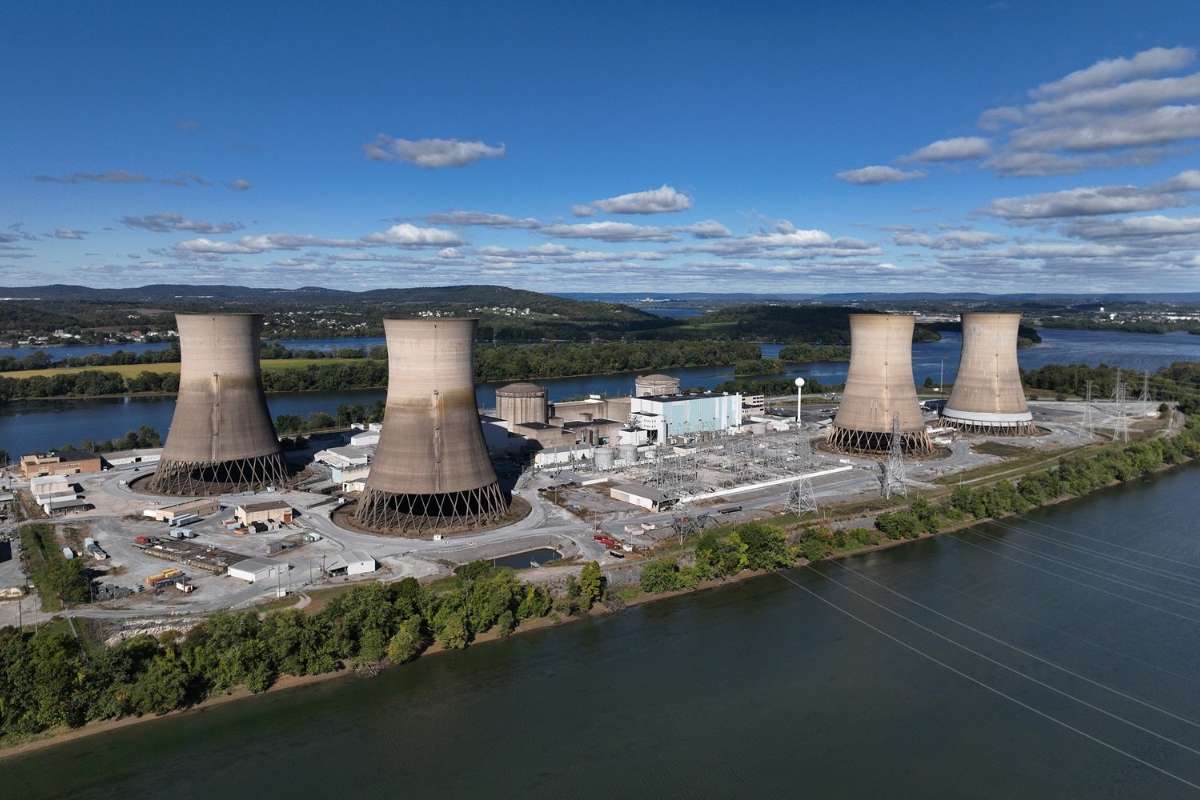Oil prices plunge over 7% on Monday after Iran launched a retaliatory missile strike on a U.S. military base in Qatar but refrained from disrupting global oil shipments through the critical Strait of Hormuz. Brent crude futures fell $5.53, or 7.2%, to close at $71.48 per barrel, while U.S. West Texas Intermediate (WTI) matched the decline, settling at $68.51. The drop marks Brent’s steepest one-day decline since August 2022 and came despite initial concerns that the conflict would target oil infrastructure. In after-hours trading, both benchmarks continued to slide, down nearly 9% further.
Market fears had briefly driven Brent up by nearly 6% during Asian hours, driven by speculation that Iran might block the Strait of Hormuz—a chokepoint for nearly 20% of global oil supply. However, Iran’s focus shifted to the Al Udeid U.S. airbase in Qatar, the largest American military outpost in the region, in retaliation for U.S. strikes on Iranian nuclear facilities. U.S. officials confirmed that no casualties were reported from the missile strike.
No Impact on Oil Shipments, But Tensions Simmer
Energy analysts and military officials confirmed there was no interruption to oil or gas tanker movement, particularly through the Strait or from Qatar, a major liquefied natural gas (LNG) exporter. A source familiar with QatarEnergy operations verified continued shipments post-strike. Additionally, no other Iranian attacks were detected on U.S. military bases in the region.
The relatively restrained nature of Iran’s response has left markets speculating about further escalation. John Kilduff of Again Capital noted, “Oil prices plunge flows for now aren’t the primary target,” suggesting that future Iranian actions may aim at U.S. military assets or Israeli civilian sites rather than global energy trade. A note from consultancy Energy Aspects described the strike as possibly a “telegraphed” move meant to de-escalate tensions by avoiding American casualties.
Nevertheless, caution remains. Iraq’s Basra Oil Company reported that international oil firms—including BP, TotalEnergies, and Eni—had begun evacuating staff from oilfields as a precaution. Meanwhile, at least two supertankers made U-turns near the Strait of Hormuz following the hostilities, according to ship tracking data.
Global Leaders and Markets React Cautiously
Despite the volatility, global leaders urged calm. U.S. President Donald Trump took to Truth Social to urge domestic energy independence, writing, “Drill, baby, drill—I mean now,” in a message to the Department of Energy, reflecting concerns that Middle East instability could fuel another Oil prices plunge.
Market analysts remain uncertain about the long-term impact. HSBC suggested Brent crude could temporarily spike above $80 per barrel if the risk of Hormuz closure escalates. However, the premium may ease if Iran continues to avoid targeting oil transit routes directly. Andy Lipow of Lipow Oil Associates remarked, “We’ve seen this movie before,” referencing decades of Middle East tension that often threaten, but rarely succeed in, closing the Strait.
With no immediate threat to oil infrastructure, Monday’s dramatic sell-off underscores market sensitivity to geopolitical developments—even when the physical flow of energy remains uninterrupted.
Explore More News In Our Oil Gas Energy Magazine


